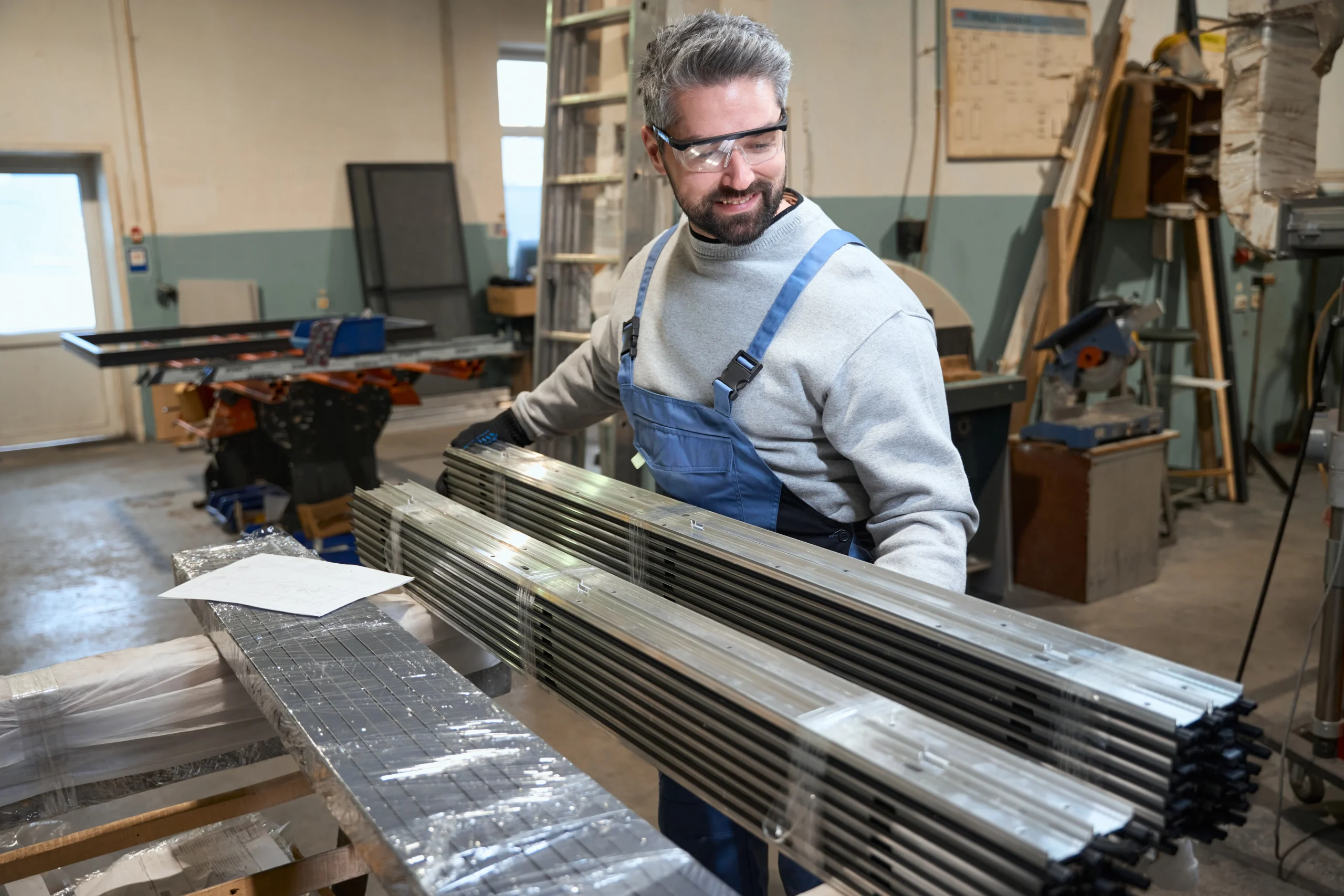A plate heat exchanger is a crucial component in many industrial processes, responsible for efficiently transferring heat between two fluids. When a plate heat exchanger malfunctions, it can have significant consequences on the overall operation. Let’s explore some potential issues and their implications.
Common Plate Heat Exchanger Faults
- Plate Leakage: This is perhaps the most common fault. Leaks can occur due to corrosion, mechanical damage, or gasket failure.
- Fouling and Scaling: Over time, deposits can build up on the heat transfer surfaces, reducing efficiency.
- Gasket Failure: Gaskets are essential for sealing the plates together. If they fail, leakage can occur.
- Plate Warping or Bending: Mechanical stress or thermal expansion can cause plates to warp or bend, affecting heat transfer.
Consequences of a Faulty Plate Heat Exchanger
- Reduced Efficiency: When a plate heat exchanger is not functioning optimally, it can lead to decreased heat transfer efficiency. This can result in higher energy consumption and increased operating costs.
- Process Disruption: A faulty heat exchanger can disrupt the entire production process, leading to downtime, lost revenue, and potential product quality issues.
- Safety Hazards: In some cases, a faulty heat exchanger can pose a safety hazard, such as leaking hazardous fluids or causing a fire.
- Increased Maintenance Costs: Repairing or replacing a faulty heat exchanger can be expensive, and it may require significant downtime for maintenance.
Preventing Plate Heat Exchanger Failures
To minimize the risk of plate heat exchanger failures, it’s essential to implement proper maintenance and inspection procedures. This includes:
- Regular Inspections: Conduct periodic inspections to identify signs of wear, corrosion, or fouling.
- Cleaning and Descaling: Regularly clean and descale the heat exchanger to remove deposits and maintain efficiency.
- Gasket Replacement: Replace gaskets as needed to ensure proper sealing.
- Proper Installation and Operation: Ensure the heat exchanger is installed and operated according to the manufacturer’s guidelines.
- Quality Components: Choose a reputable plate heat exchanger supplier that provides high-quality components.
By following these guidelines, you can help to prevent plate heat exchanger failures and ensure the smooth operation of your industrial processes.
If you’re looking for a reliable plate heat exchanger maintenance and supplier, consider contacting Thermac Engineering. We offer a wide range of high-quality exchangers designed to meet your specific needs.
